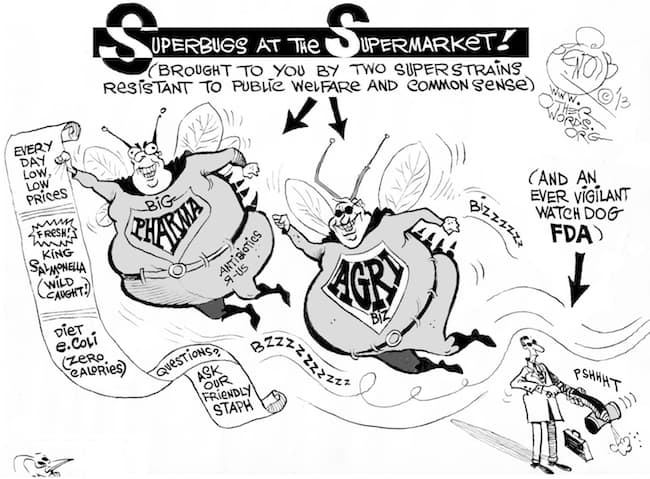It’s no secret in the medical profession that drug-resistant “superbugs” are becoming an increasing cause of healthcare-associated infections (HAIs) in medical care facilities worldwide. The development of antibiotics and the subsequent development of bacterial resistance has turned into an arms race with scientists and healthcare practitioners on one side and germs on the other. Now a relatively new technique has been developed that might turn the tide against drug-resistant pathogens: pulsed-UV disinfection.
What is an HAI?
HAIs are defined as infections that a patient receives in a healthcare facility that wasn’t present when the original treatment began. Prominent examples are MRSA (methicillin-resistant Staphylococcus aureus) and C. difficile, both of which are an increasing problem. HAIs affect millions of patients each year, and on any given day in the US, about 1 in 25 hospital patients has at least one HAI. In 2011, more than 750,000 patients with HAIs died during their hospitalizations. More than half of all such infections occur outside the intensive care unit, and can be picked up from such innocuous sources as the chairs in hospital waiting rooms.
Reducing the rate of antibiotic resistance by pathogens and developing new antibiotics are therefore urgent priorities in medical research, but the rate of progress is slow on both fronts. Enter a new ally in the fight against the superbugs: pulsed-UV disinfection. This technique, which uses high-energy ultraviolet radiation in the area of the spectrum known as UV-C, is a non-chemical hospital room disinfection treatment that reduces microbial load without recourse to chemicals or antibiotics.
How Does Pulsed-UV Work?
The technique uses high-energy ultraviolet light in the UV-C range to cause direct cellular damage to pathogens in various different ways:
- Photohydration, where water molecules are pulled into the organism’s DNA to prevent it from folding
- Photosplitting, which ‘breaks the backbone’ of the DNA
- Photodimerization, where damage is caused to the DNA that prevents the organism from replicating
- Photo crosslinking, which causes cell wall damage that breaks the cells apart
Because the organisms are directly affected by the pulsed-UV energy, there are no associated problems with the development of resistance. What this means is that we might finally be able to gain some ground in the war against the superbugs. At the moment, hospitals have to resort to deep-cleaning techniques to remove possible sources of pathogens from waiting room chairs and other potential breeding grounds, and such techniques are costly and time-intensive. Pulsed-UV, by contrast, is a fast and effective way to tackle the problem.
Where Can Pulsed-UV Be Used?
Pulsed-UV disinfection has relatively deep penetration, so it is suitable for use on many fabric types: cloth, leather, vinyl, etc. This makes it ideal for use on hospital furniture, where pathogens may lurk to infect unsuspecting patients or visitors.
The deep penetration of the incoming UV-C light means that even a relatively significant layer of organic material won't block its effectiveness. So, if the surface of the furnishings in the room are made aesthetically clean to the human eye—by manually wiping any soiled surfaces (something hospitals are pretty consistent about doing already)—the blocking potential of any material left behind would be statistically non-existent.
How Well Does Pulsed-UV Work?
Studies using the technique have shown a significant decrease in HAIs caused by drug-resistant pathogens, in some cases of more than 50%. Any significant decrease in microbial load is a positive step toward controlling superbug-caused HAIs, as the consequent drop in infection rates will allow the superbugs to be brought under control. All in all, the future is looking bright for this technique.
